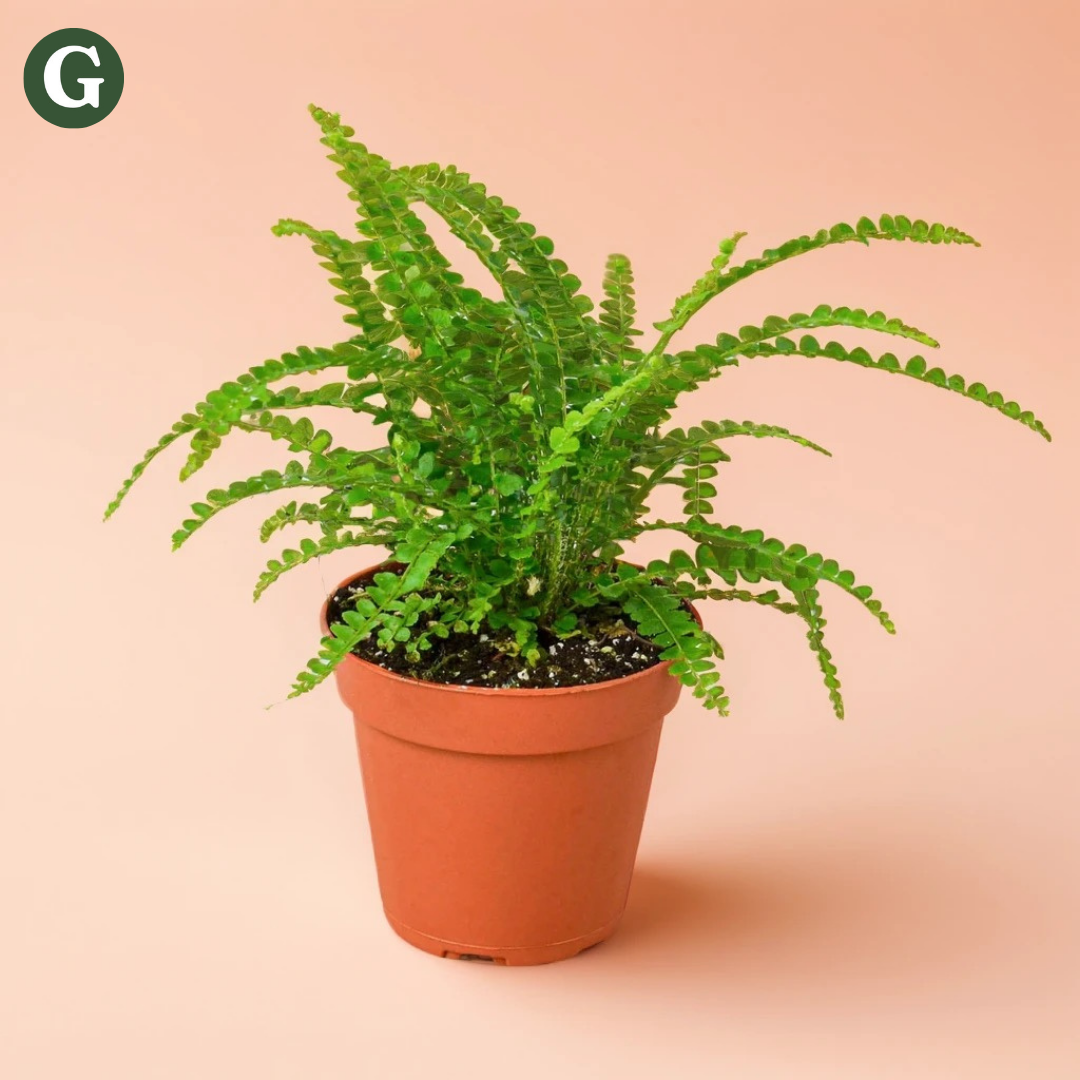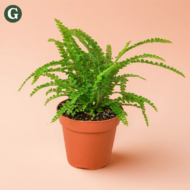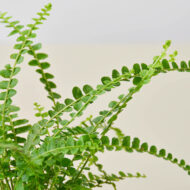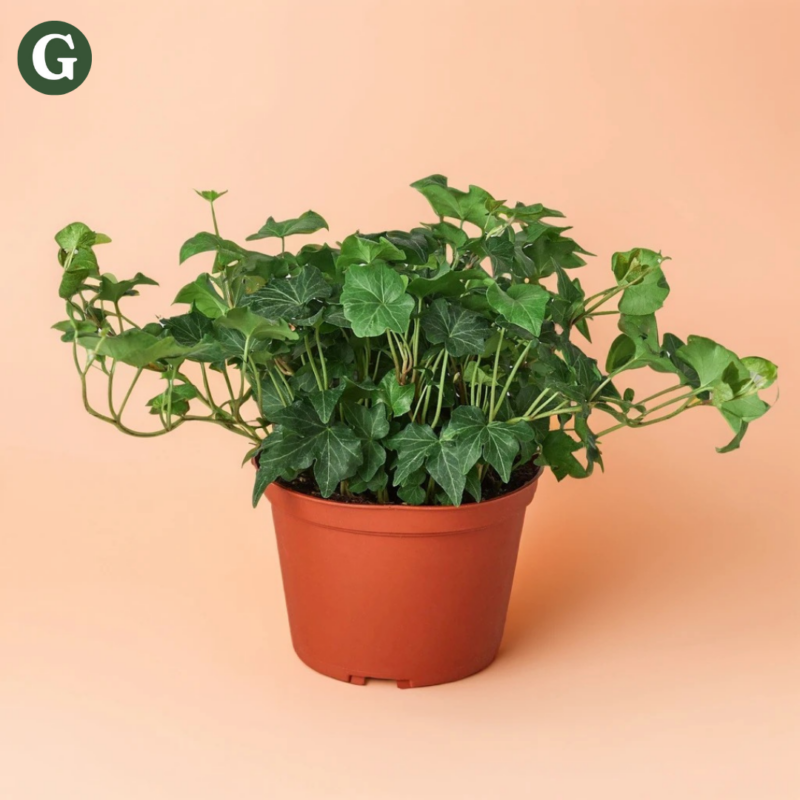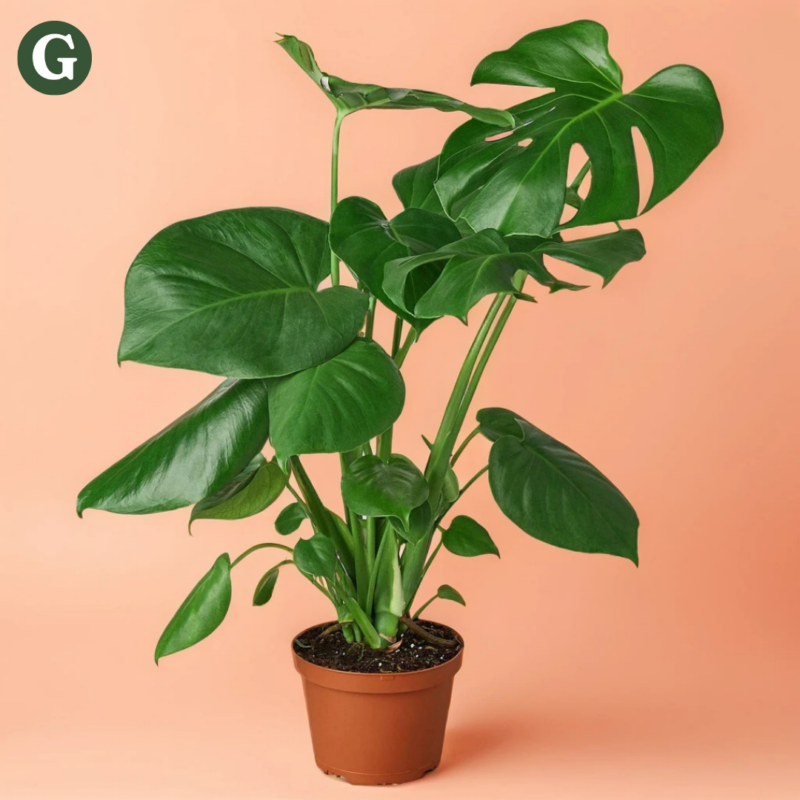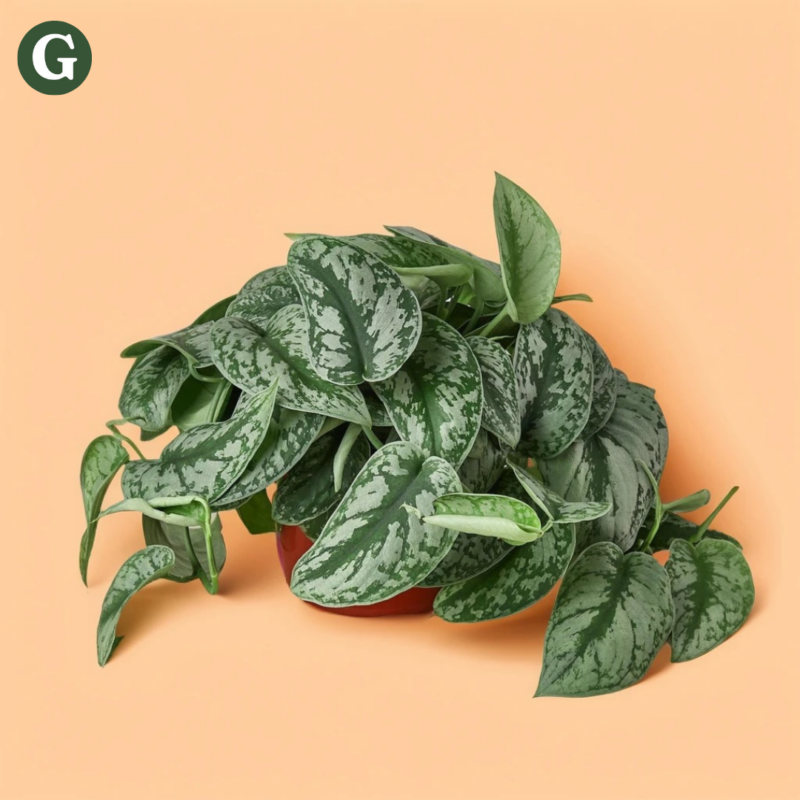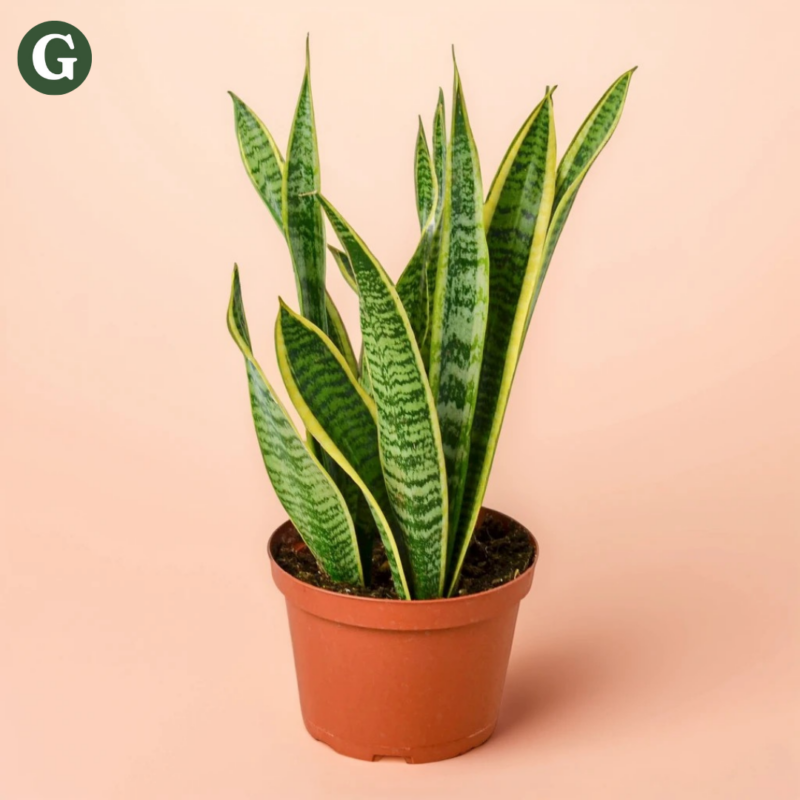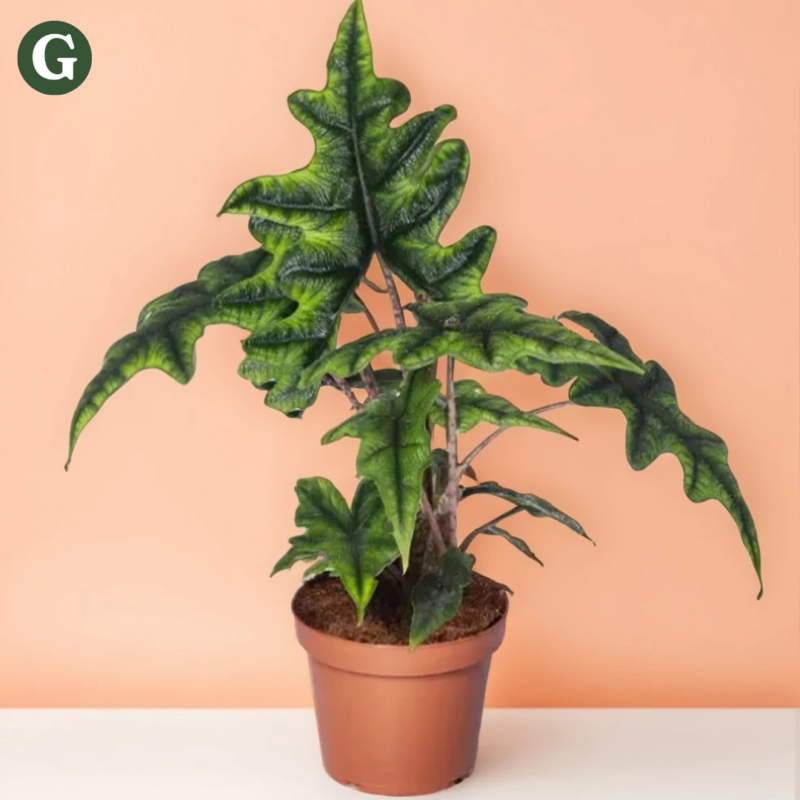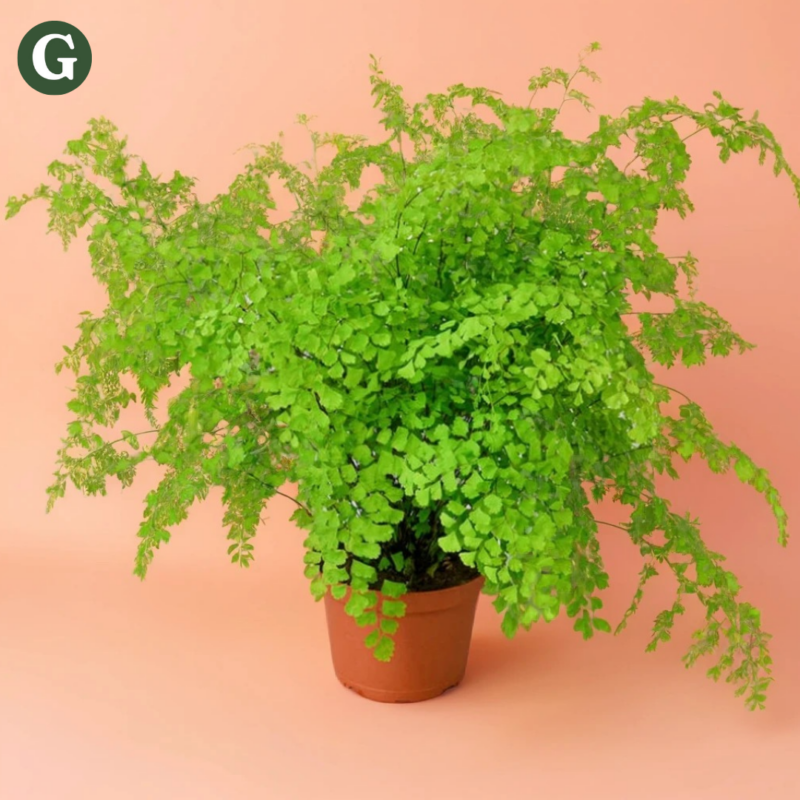Lemon Button Fern
Botanical Name: Nephrolepis exaltata 'Lemon Button'
Common Name(s): Lemon Button Fern, Dwarf Sword Fern
The Lemon Button Fern (Nephrolepis exaltata 'Lemon Button') is a charming and unique cultivar of the well-known sword fern. It’s a small, compact fern that’s perfect for adding texture and greenery to any indoor space. This fern is especially prized for its delicate, bright green fronds that have a soft, rounded appearance, resembling little "buttons" or beads along the length of each leaf, which is how it earned its name. The fronds are dense and bushy, making this plant an attractive choice for tabletops, shelves, and small spaces where it can add a touch of lush, tropical appeal.
Native to tropical regions, particularly in Central and South America, the Lemon Button Fern thrives in humid, shaded environments, but it’s a resilient plant that adapts well to indoor conditions, making it a popular choice for both beginner and experienced plant enthusiasts. It’s well-suited for growing in containers or hanging baskets, where its small, clumping form creates a dense, attractive mound of fern foliage. While the plant stays relatively small, typically growing to about 8-12 inches (20-30 cm) in height, it can spread wider, making it ideal for small-to-medium-sized spaces.
Lemon Button Ferns do best in bright, indirect light, although they can tolerate low light conditions. However, too much direct sunlight can scorch the fronds, causing them to turn brown or yellow. If grown in lower light, their growth may slow, but the plant will still maintain its attractive form. The ideal temperature range for this fern is between 60-75°F (15-24°C), and it should be kept in a spot free from cold drafts or temperature extremes. It is important to note that Lemon Button Ferns are sensitive to sudden temperature changes, so a stable, warm environment is key to their health.
This fern thrives in well-draining, slightly acidic soil that is kept consistently moist, but not soggy. It’s important to water the Lemon Button Fern when the top of the soil feels dry to the touch, as this plant likes humidity but doesn't tolerate being waterlogged. If overwatered, the roots can rot, so make sure the pot has good drainage. As a tropical plant, it thrives in higher humidity and will flourish in bathrooms, kitchens, or other moist areas of the home. If you live in a dry climate or the air in your home is dry, occasional misting or placing the fern on a humidity tray can help maintain a healthy, lush appearance.
Note: Lemon Button Ferns are non-toxic to pets, making them a safe option for households with cats and dogs.
Care Insights & Expert Tips
- Repotting: Repot every 1-2 years, or when the plant becomes root-bound.
- Fertilize once a month: Feed your plant with a balanced liquid fertilizer diluted to half strength once a month during the growing season.
- Avoid Dry Air: Lemon Button Ferns are sensitive to dry air, so keep them away from heating vents and air conditioners.
- Avoid drafts: Keep your Lemon Button Fern away from cold drafts and sudden temperature changes.
- Watch for yellowing Leaves: Yellow leaves can be a sign of overwatering, poor drainage, or a lack of nutrients.

Visit our plant care library
Find essential tips to keep your plants thriving, vibrant, and healthy.
